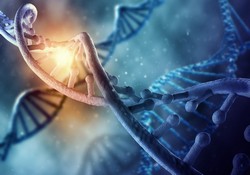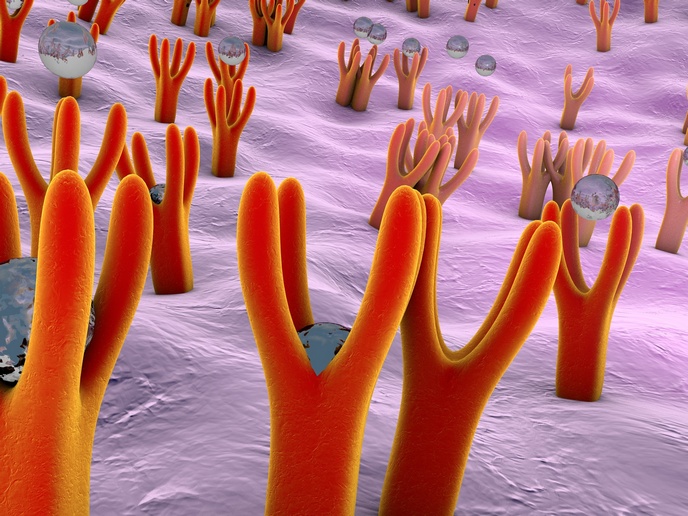Mechanistic insight into genome stability maintenance
During DNA replication, the genetic material is vulnerable to DNA damage. To mitigate this threat, cells have evolved a global DNA damage response (DDR) that efficiently repairs DNA lesions and protects genome stability. Translesion DNA synthesis (TLS) is an important cellular mechanism for preventing gross chromosomal instability following DNA damage during DNA replication and is mediated by specialised low-fidelity DNA polymerases. The EU-funded BIOID IN TLS (Identification of novel regulators of translesion DNA synthesis in human cells) project set out to investigate the proteins that act during TLS. To identify such proteins, researchers developed an innovative system where known TLS proteins were engineered to specifically biotinylate the proteins operating in the close vicinity. Using a mass spectrometry approach, they successfully isolated proteins recruited to stalled replication forks that are potentially involved when the damaged DNA is bypassed by TLS. However, the limited sensitivity of this method failed to identify novel factors, thus the researchers followed an alternative proteomics approach. The CHROMASS method employing chromatin mass spectrometry allowed the consortium to identify new players in the repair of DNA interstrand crosslinks that block replication fork progression. In addition, the same method was used to discover new components of the DNA damage response. Five novel proteins were identified with potential functions in DNA damage signalling and repair that were investigated further. Two of these proteins, SLF1 and SLF2, formed a complex with other known components of the DNA damage response machinery. This enabled the researchers to identify a new pathway for recruitment of key DNA repair factors to DNA lesions. Overall, the findings of the project provide new knowledge into the complex mechanisms by which cells sense and repair DNA lesions. Such molecular insights into the regulatory mechanisms that protect genomic stability are central for understanding the aetiology of cancer.







